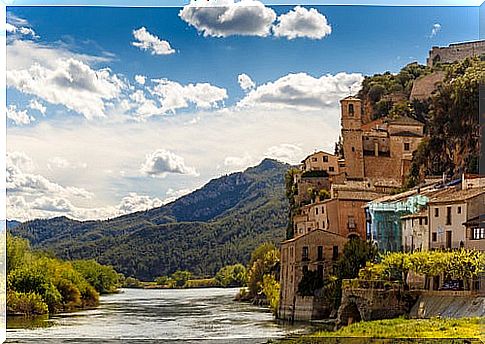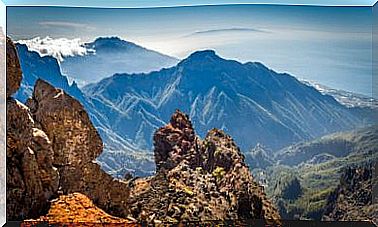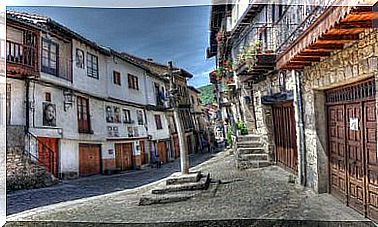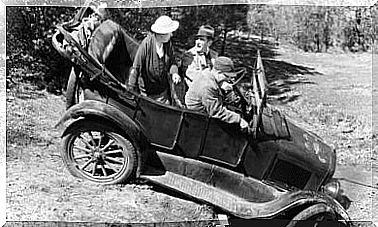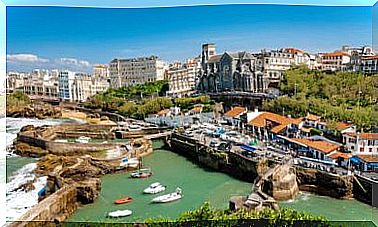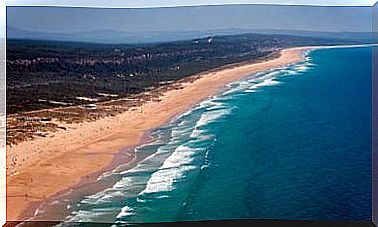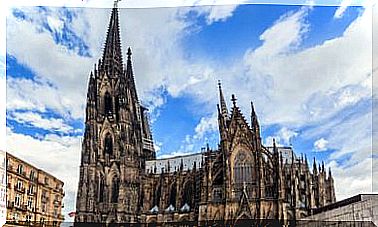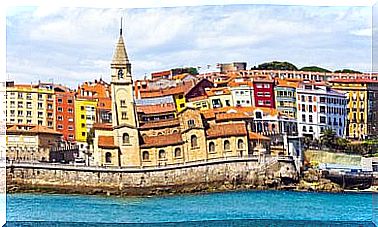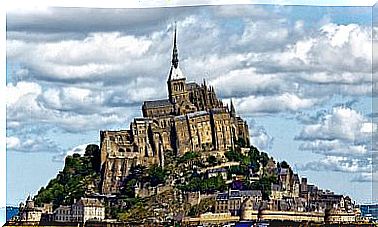The Castle Of Escornalbou On The Gold Coast
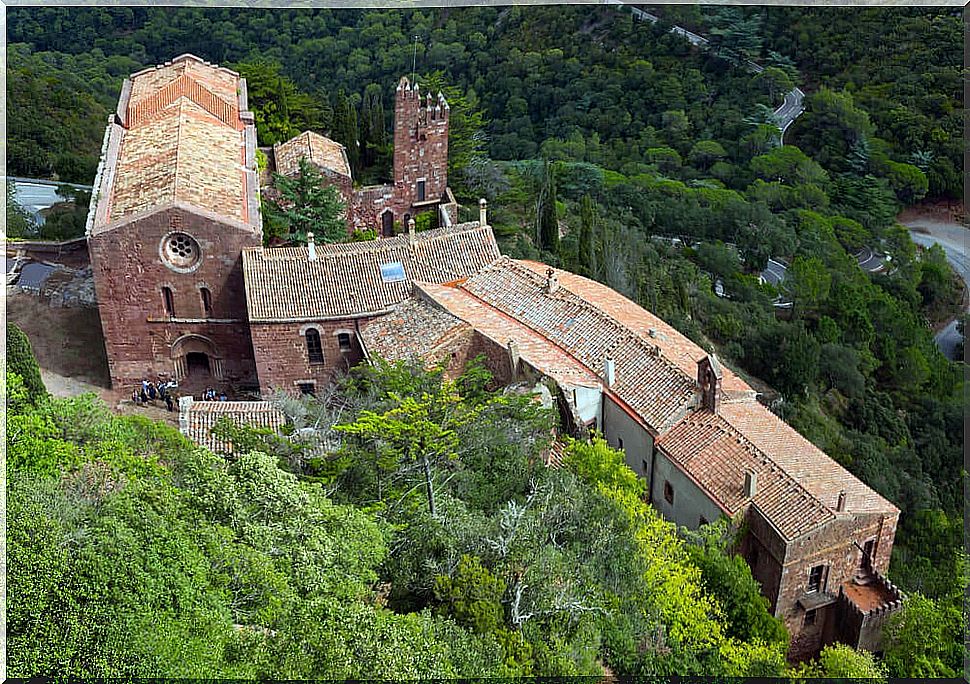
The Costa Dorada is a very important tourist destination in Catalonia, especially in the summer. Its magnificent beaches are its main attraction. But in this area, in addition to beaches, there are other charming places to visit. One of them is the castle of Escornalbou, in the municipality of Riudecanyes.
The castle d’Escornalbou is located just 30 kilometers from the city of Tarragona and 25 and 15 kilometers from two of the main tourist destinations on the Costa Dorada, Salou and Cambrils, respectively. So, if you get bored with the beach or are unlucky enough to witness one of the typical summer storms, visiting this location may be an option.
The origins of the castle d’Escornalbou
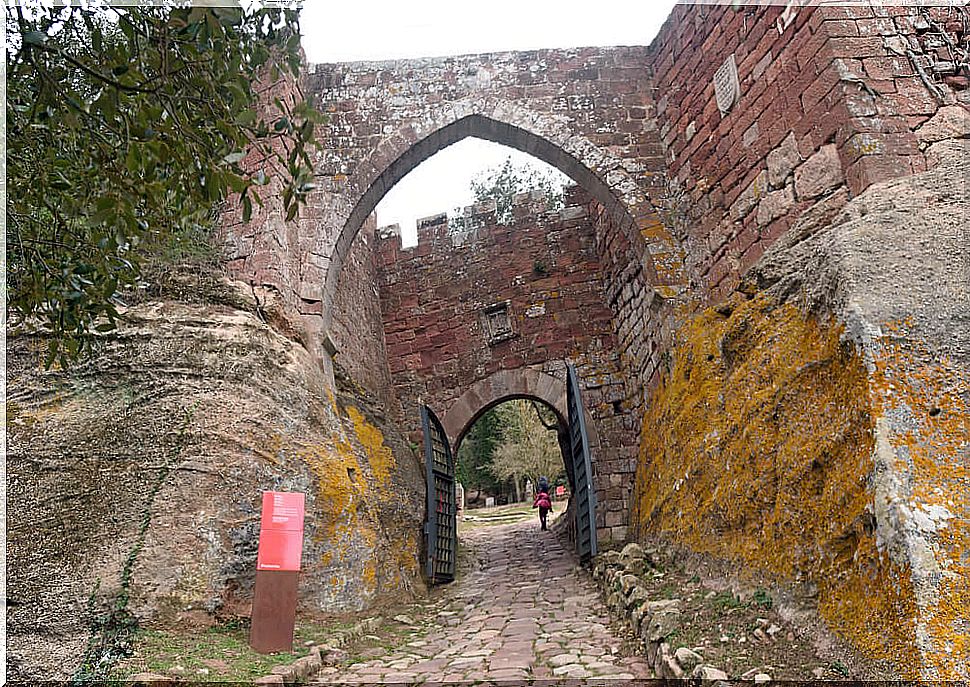
The origins of the building are uncertain. There are experts who date its construction to Islamic times and others to Roman times. Be that as it may, the first documentary news of the site is from the year 1153, while the first news of the castle is from the year 1170.
At the end of the 12th century, a church dedicated to San Miguel began to be built, consecrated in the year 1240. Certainly, the place had a somewhat miserable existence, both spiritually and financially. The decline was so remarkable that at the beginning of the 15th century King Martí I l’Humà injected a significant amount of money to restore the castle for defensive purposes.
In the year 1580, the Bishop of Tarragona gave the place to the Franciscan order. There they established a college that had the objective of training friars to assign them to the American missions. The enclosure was in the hands of the religious until the exclaustration of the year 1835. From that moment the building was abandoned.
The castle in the 20th century
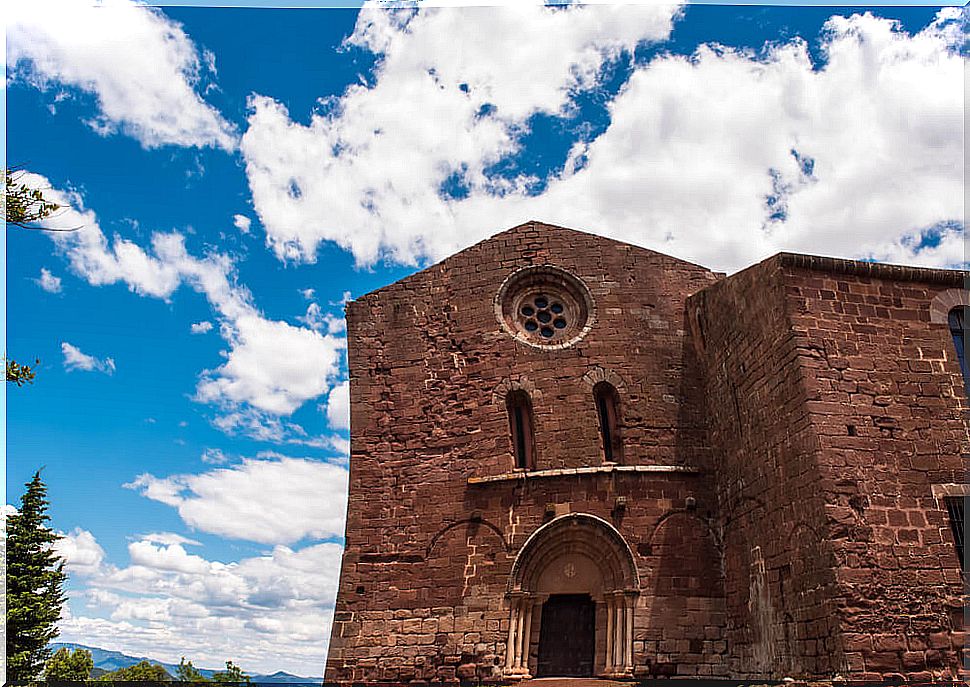
In 1908, the diplomat Eduard Toda bought the place and, following the fashion of the time, restored it at will to turn it into a residence. The personal interpretation of the reform was such that the diplomat ignored the indications and recommendations of the architect Puig i Cadafalch. He turned the place into a “bourgeois reinterpretation of the Middle Ages.”
Eduard Toda gave the castle to the Archbishopric of Tarragona in 1926, who put it up for sale. Since then, the building passed through different hands until in 1983 it became the property of the Tarragona Provincial Council and the Generalitat de Catalunya.
After the ‘reinterpretation’ of Toda, few elements of the original building remained. The only original constructions are the Romanesque church, some remains of the chapter house and the structure of the cloister. The latter became a viewing garden from where you have magnificent views of Camp de Tarragona.
Visit to the castle d’Escornalbou
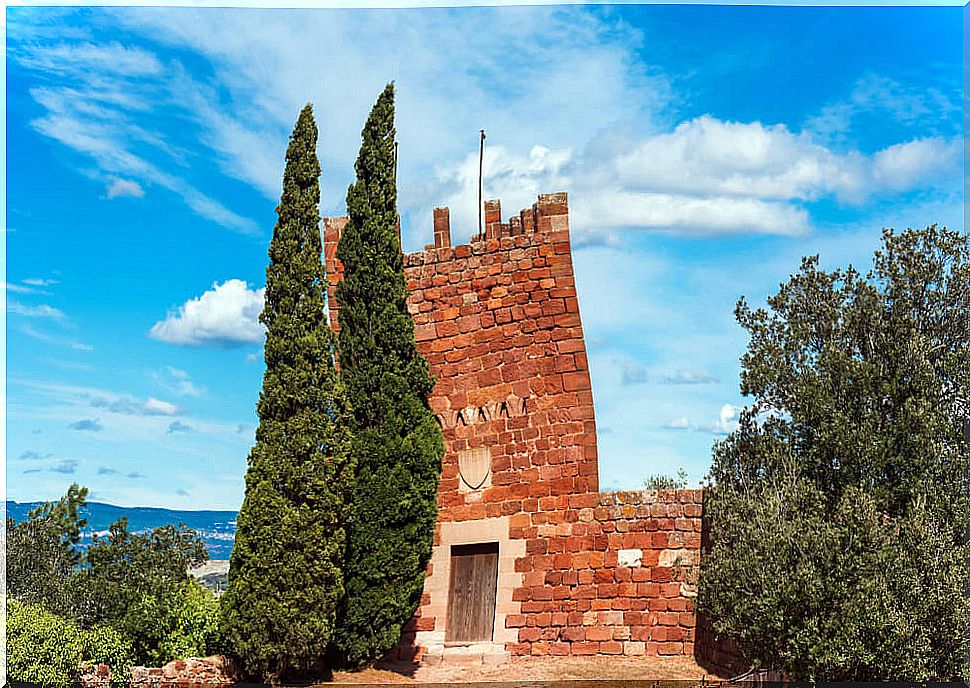
To get to the building site it is advisable to do so in your own vehicle. The castle is open from Tuesday to Sunday with a variable schedule depending on the season. In the same way, the rates also vary according to the season, being four euros in low season and seven in high season.
The castle cannot be visited freely, it must always be done with guided tours with the exception of the church, the cloister, the crypt and the gardens. To find out the times and languages of the visits, it is advisable to contact the monument’s staff through the channels enabled on its website.
The tour of this monument will allow you to know the interpretation that Toda gave to the medieval architectural complex and also the atmosphere of a wealthy house from the beginning of the 20th century. In the different rooms you can see remains of the collections that the diplomat gathered in his travels.
Toda was passionate about ‘exotic’ cultures and accumulated objects from the different places where he served as vice consul. He was in love with ancient Egyptian culture and created an important private collection of Egyptian art that he donated to the National Archaeological Museum in Madrid and the Víctor Balaguer Museum in Vilanova i la Geltrú.
In short, if you are interested in knowing the environments where the Catalan bourgeoisie lived in the early twentieth century, the castle of d’Escornalbou is perfect. It is also the case if, simply, you want to disconnect from the crowd of people concentrated on the beaches and contemplate, from a privileged position, Camp de Tarragona.
